Blog

#bioPGH Blog: Birding by Ear
 A resource of Biophilia: Pittsburgh, #bioPGH is a weekly blog and social media series that aims to encourage both children and adults to reconnect with nature and enjoy what each of our distinctive seasons has to offer.
A resource of Biophilia: Pittsburgh, #bioPGH is a weekly blog and social media series that aims to encourage both children and adults to reconnect with nature and enjoy what each of our distinctive seasons has to offer.
It happens all the time—I hear a bird twittering away, but I just can’t remember who sings that song. I look around, hoping to catch a glimpse of the feathered crooner, but more often than not, my view is stymied by trees or shrubs. Foiled! But what was that bird? How can I find out what it was?
If this has happened to you, too, there is one trick we can learn to help reverse our birding luck: learn to bird by ear. Birding by ear simply means learning to identify birds by their call. It can be tricky and some of the best birders I know have been building this skill for years; but you and I can start small with some of the more common birds that we will hear around western Pennsylvania. Let’s learn together!
Below, I created a list of calls from the Cornell Lab of Ornithology’s Macaulay Library – a fantastic online resource for all sorts of bird-related media. I do want to stress, though, that these are just a few of the more common species you might hear in the area, and I only list one song for each bird. We have so many more species than represented on this list, and each species has a number of calls, not to mention that a species’ calls can vary geographically! This is just to get us started.
In the meantime, let’s get listening! (As you listen, you can see the calls visualized on an image called a spectrogram. Learning the patterns of visualized calls can also help you learn to bird by ear.)
Northern Cardinal— Cardinalis cardinalis
Kent Fiala/Macaulay Library at the Cornell Lab of Ornithology (ML167560711)
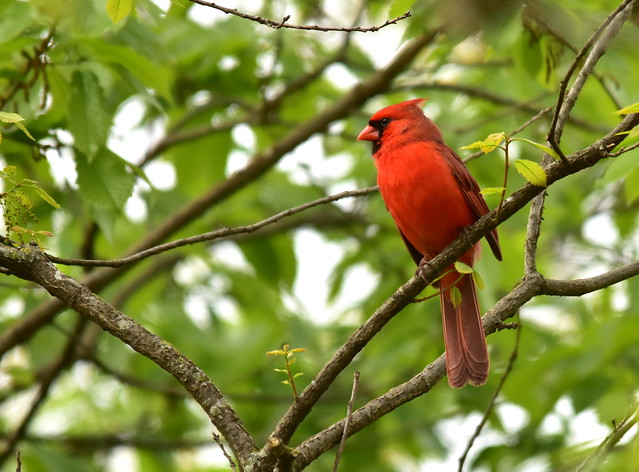
Photo: USFWS, public domain
American Robin— Turdus migratorius
Mario Gervais/ Macaulay Library at the Cornell Lab of Ornithology (ML166506161)
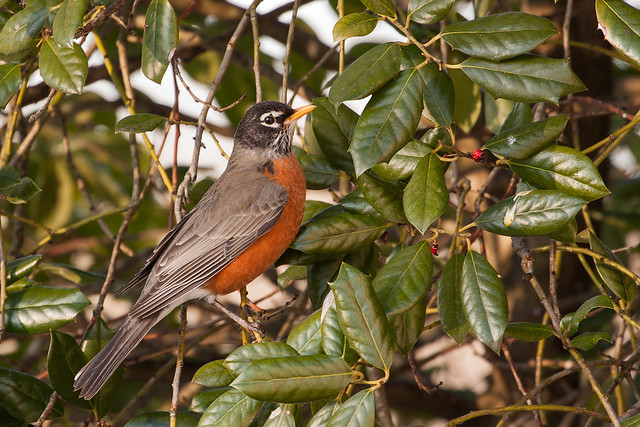
Photo: USFWS, public domain
Blue Jay— Cyanocitta cristata
Andrew Lawrence/ Macaulay Library at the Cornell Lab of Ornithology (ML166750471)
Bonus: Blue Jay Masquerading as a Red-shouldered Hawk (Audubon Society)
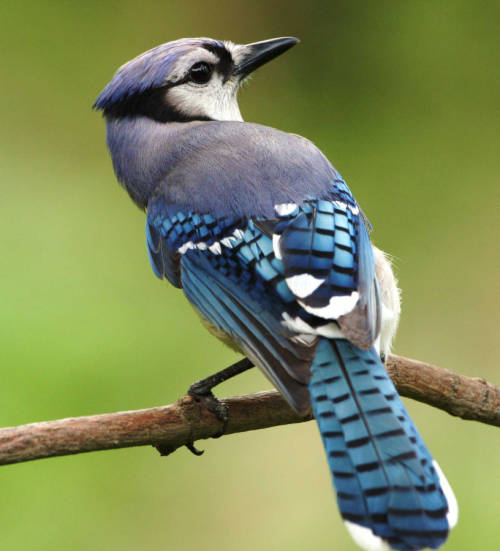
Photo: USFWS, public domain
Northern Mockingbird— Mimus polyglottos
Mockingbirds are a bit tricky since they can imitate other birds, but if you hear a song that seems to be composed of several other bird calls in row, each call repeated a few times before moving on the next call, that’s probably a mockingbird. (Other birds can imitate as well, and sometimes the number of times a call is repeated can help you distinguish species.)
Peter Blancher/ Macaulay Library at the Cornell Lab of Ornithology (ML167419121)
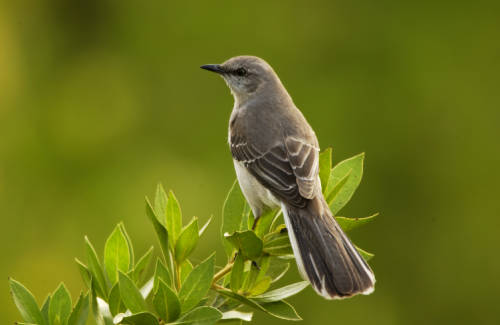
Photo: USFWS, public domain
Mourning Dove— Zenaida macroura
Mourning doves do vocalize, but their wingbeats can also be mistaken for a call.
Wings
valerie heemstra/Macaulay Library at the Cornell Lab of Ornithology (ML167419121)
Vocalization
Steven Biggers/ Macaulay Library at the Cornell Lab of Ornithology (ML166968201)
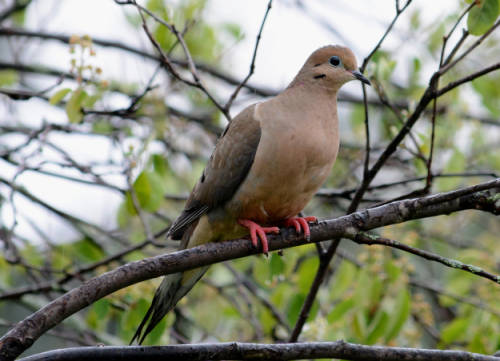
Photo: USFWS, public domain
White-breasted Nuthatch— Sitta carolinensis
John Kirk/ Macaulay Library at the Cornell Lab of Ornithology (ML164645391)
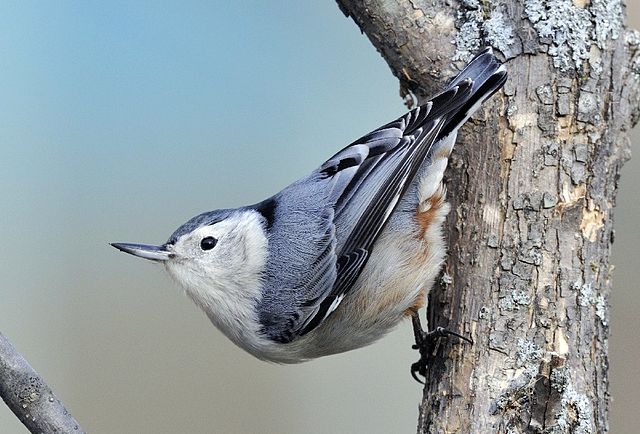
Photo: USFWS, public domain
Grey Catbird— Dumetella carolinensis
Wil Hershberger/Macaulay Library at the Cornell Lab of Ornithology (ML167548001)
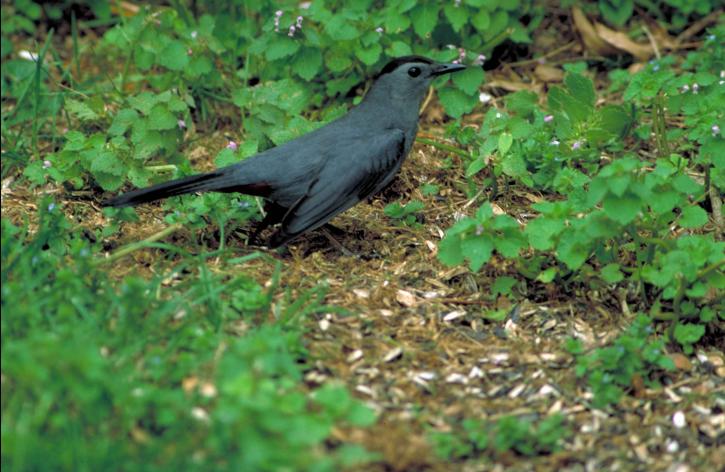
Photo: USFWS, public domain
Eastern Towhee – Pipilo erythrophthalmus
Charlie Bruggemann/Macaulay Library at the Cornell Lab of Ornithology (ML167556291)
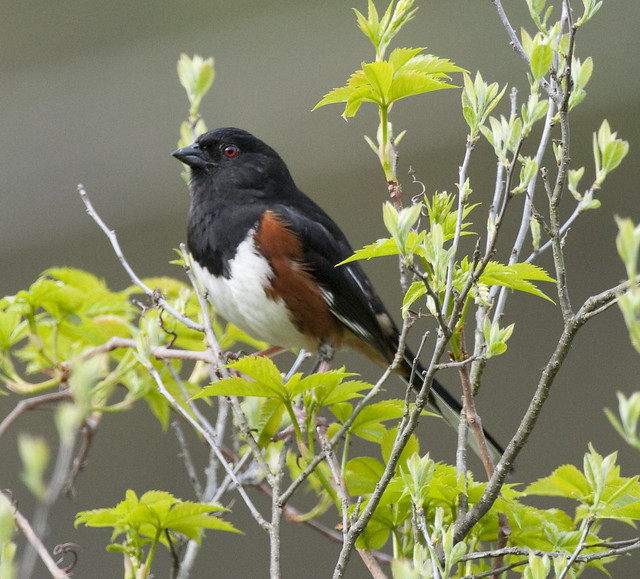
Photo: USFWS, public domain
Tufted titmouse— Baeolophus bicolor
Bill Pranty/Macaulay Library at the Cornell Lab of Ornithology (ML167510781)
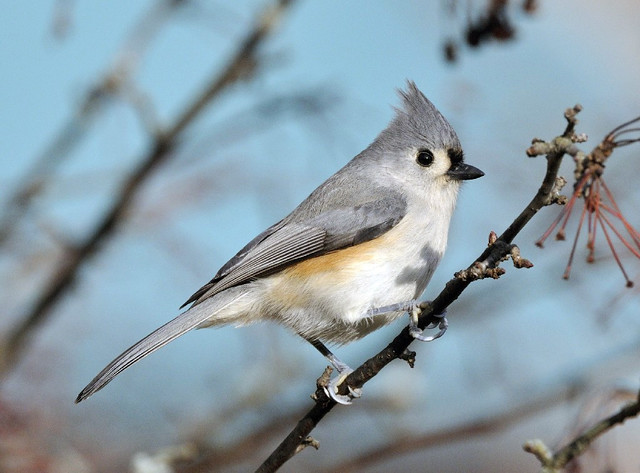
Photo: USFWS, public domain
Black-capped Chickadee— Poecile atricapillus
Julia Plummer/Macaulay Library at the Cornell Lab of Ornithology (ML167539701)
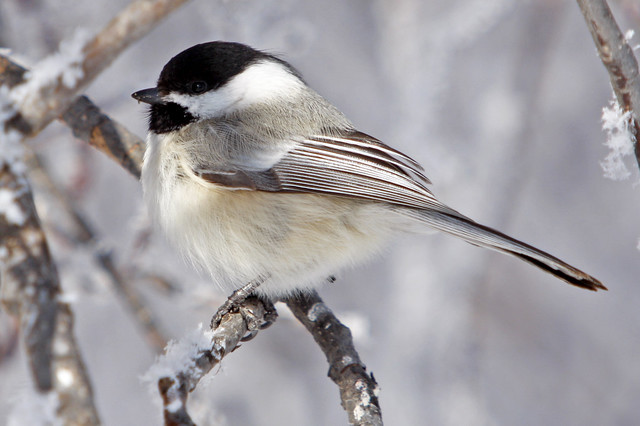
Photo: USFWS, public domain
Yellow warbler – Setophaga petechia
Kevin Cheng/ Macaulay Library at the Cornell Lab of Ornithology (ML167305331)
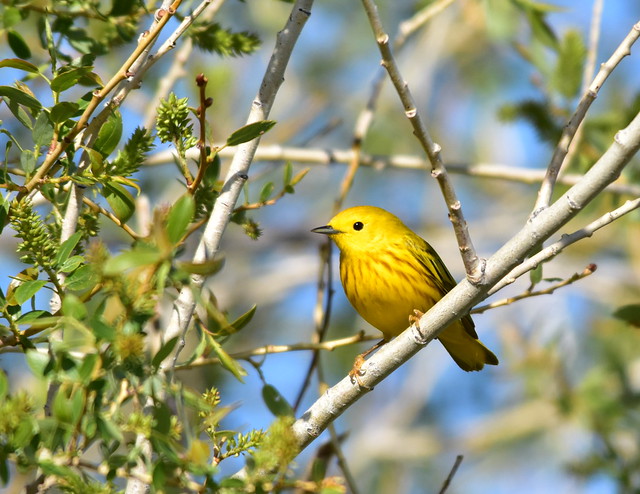
Photo: USFWS, public domain
Carolina Wren— Thryothorus ludovicianus
Cole DiFabio/ Macaulay Library at the Cornell Lab of Ornithology (ML167471171)
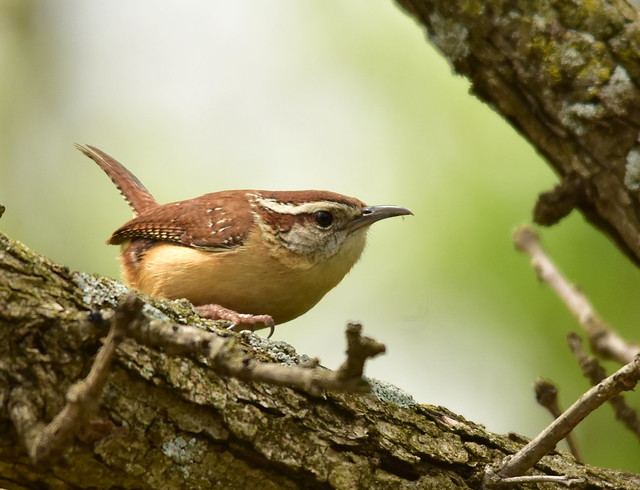
Photo: USFWS, public domain
Connecting to the Outdoors Tip: In addition to the large organizations like Audubon and Cornell, the best local resources for beefing up your birding skills are the Audubon Society of Western Pennsylvania and the Three Rivers Birding Club—both lead regular nature walks with knowledgeable guides and enthusiastic attendees. You can also follow local birder and blogger Kate St. John when she leads birding walks around the Pittsburgh area.

